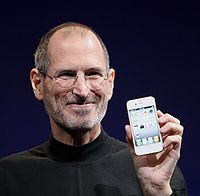March 4, 2000: Sony Playstation 2 Released
Subscribe! Spotify | RSS | More

2000 – The Playstation 2 was released in Japan to rival Sega’s Dreamcast system and Nintendo Game Cube. The Playstation 2 had an “Emotion Engine” processor at 294 MHz (later 299 MHz with 128 bit capabilities), 32 MB RAMBUS memory, Graphics synth at 147 MHz, USB 1.1, Ethernet connection and 2 memory card slots which could accept up to 8 MB cards.
The Sony Playstation 2 didn’t hit the US market until October, 2000. Some say PS2 caused Dreamcast to falter and eventually close down. Many believed this was because the PS2 was backwards compatible with games from the original Playstation.
Sony’s game console sat unopposed for 6 months after Dreamcast stopped production. That is, until Nintendo released the Game Cube and Microsoft released XBox.

Subscribe to Day In Tech History:
RSS Feed - iTunes - Android - Spotify - iHeartRadio
Facebook -
- RSS Bandwidth by Cachefly Get a 14 Day Trial
- Join me on Patreon and support Day in Tech History
- The first Cray-1 Supercomputer is shipped
- The World Wide Web goes online (in primitave form)
- Sony releases the Playstation 2 in Japan









![steve-jobs[1] Steve Jobs](https://dayintechhistory.com/wp-content/uploads/2013/06/steve-jobs1-340x250.jpg)

